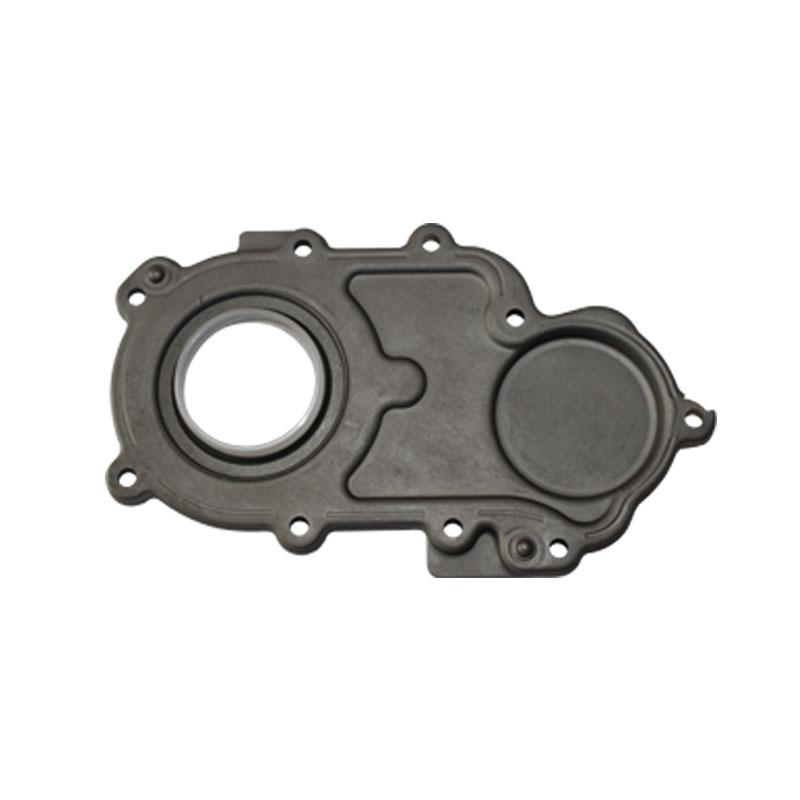Engine Oil Filter Housing Gasket Replacement Guide for Optimal Performance
Understanding the Engine Oil Filter Housing Gasket Importance and Maintenance
The engine oil filter housing gasket, often an overlooked component in the intricate machinery of an engine, plays a crucial role in ensuring optimal engine performance and longevity. This small yet vital part serves as a seal between the oil filter and the engine, preventing oil leaks and ensuring that the engine receives a steady supply of clean oil. Understanding its importance, functions, and maintenance can be beneficial for car enthusiasts and everyday vehicle owners alike.
What is an Engine Oil Filter Housing Gasket?
The oil filter housing gasket (OFHG) is typically made of rubber, silicone, or a combination of materials designed to withstand high temperatures and pressures. Its primary function is to create a tight seal between the oil filter and the engine block, thereby preventing any oil from leaking out. When the engine runs, oil circulates to lubricate moving parts, and any leakage could result in insufficient lubrication, leading to increased wear and tear, overheating, and potentially catastrophic engine failure.
Importance of the Oil Filter Housing Gasket
1. Prevention of Oil Leaks One of the main functions of the gasket is to prevent oil leaks from the oil filter area. A compromised gasket can result in significant oil loss, which not only affects engine performance but can also create hazardous conditions if oil leaks onto hot engine components, potentially leading to fire risks.
2. Maintaining Oil Pressure The gasket ensures that oil pressure remains adequate within the engine. Insufficient oil pressure can cause serious engine damage, as components may not receive the lubrication they need to function correctly.
3. Promoting Engine Longevity A sound oil filter housing gasket contributes to the overall health of an engine. By preventing leaks and maintaining proper oil circulation, the gasket allows the engine to operate efficiently, which can extend its lifespan.
Signs of a Failing Gasket
engine oil filter housing gasket

Identifying issues with the oil filter housing gasket early can save vehicle owners a great deal of time, money, and hassle
. Here are some signs that your gasket may be failing- Oil Spots If you notice oil spots under your vehicle, particularly near the oil filter area, it could indicate a leaking gasket. - Increased Oil Consumption If your engine is consuming oil at an unusual rate, a compromised gasket might be allowing oil to escape. - Engine Overheating Insufficient oil levels due to leaks can lead to overheating—one of the most serious consequences of a faulty oil filter housing gasket.
Maintenance Tips
1. Regular Inspections Routine checks of the engine and oil filter area can help catch potential gasket issues early. Inspect for stains or residue that might indicate a leak.
2. Use Quality Replacement Parts When replacing the oil filter or gasket, always opt for high-quality parts that match OEM specifications. Lower-quality components are more likely to fail and can lead to costly repairs.
3. Change Oil Regularly Keeping up with regular oil changes can prevent sludge build-up and ensure that the gasket remains in good condition. Fresh oil can also help lubricate the gasket itself, reducing the risk of wear.
4. Professional Servicing If you’re unsure about the condition of your oil filter housing gasket or if your vehicle is showing signs of issues, it’s wise to seek professional help. A qualified mechanic can perform a thorough inspection, ensuring your vehicle remains in optimal condition.
Conclusion
The engine oil filter housing gasket may seem small, but its role in engine function is significant. By understanding its importance, recognizing potential issues, and committing to regular maintenance, vehicle owners can help ensure their engines run smoothly and efficiently for years to come. Remember, taking care of small components can lead to the prevention of major problems down the line.
-
Simplifying Oil Changes: A Comprehensive Guide to Oil Drain Plugs and Their Variants
News Aug.04,2025
-
Mastering Oil Drain Maintenance: Solutions for Stripped, Worn, and Upgraded Oil Plugs
News Aug.04,2025
-
Fixing Oil Pan Plug Issues: Leaks, Stripped Nuts, and the Right Replacement Solutions
News Aug.04,2025
-
Everything You Need to Know About Oil Drain Plugs: Sizes, Fixes, and Upgrades
News Aug.04,2025
-
Choosing the Right Oil Drain Plug: A Guide to Sizes, Materials, and Drain Innovations
News Aug.04,2025
-
A Complete Guide to Automotive Drain Plugs: Types, Problems, and Innovative Solutions
News Aug.04,2025
-
The Ultimate Guide to Car Repair Kits: Tools and Essentials Every Driver Should Own
News Aug.01,2025
Products categories















